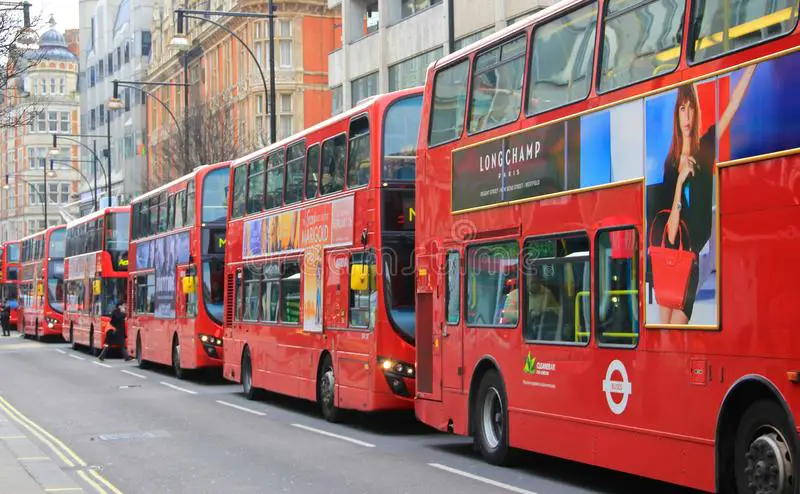
Commuting is a huge part of our lives — and technology has had a pretty big influence on it. With 4.44 billion journeys in England alone throughout 2016/17, there has been a demand to make commuting an easier process — and the advancements in technology have allowed this to happen.
A look back in time
To gain greater insight to how technology has advanced this transportation method, we need to look back in time — from the very first bus. To do this, we’ve teamed up with the Oxford Tube, who’s Oxford Tube times are unbeatable, to take a look at how advanced our public transport has become over time:
The start of steam buses
Walter Hancock made a revolutionary change in the 1830s when he introduced a bus powered by steam. These were much more efficient to what were known before — horse-drawn transportation. A common problem with horse-drawn carriages was that they often overturned, but this was a problem that steam buses did not have to face. Steam buses traveled faster and were much cheaper to run, they also reduced the amount of damage caused on the roads.
Although this revelation was incredible at the time, the British government pushed forward legislation that eliminated mechanically propelled vehicles for around 30 years.
Then came trolley buses
Overhead wires and trolley poles soon accompanied buses in 1882. However, there was no flexibility when it came to the route of travel. William Siemen, who was based in England and his brother Werner, who lived in Germany, collaborated on the creation. Electric currents were able to run to the tram-car and back again, highlighting that tracks would no longer need to be used.
But these weren’t fully accessible until 1911, where they finally came into service in some UK cities.
The introduction of motor buses
Your traditional London bus was one of the first to have a motor in 1898. The bus had a maximum speed of 18kph and could hold 20 passengers at a time. With huge popularity, and requests from across Europe to have similar transportation vehicles, in 1902, a market standard was made available.
They were then mass produced in 1910, with 3,000 in total being made — creating plenty of jobs around the country in the process.
The height of technological advancements
Powered by diesel engines, single and double-decker buses are still being used in the UK. If electric buses are on our roads, they’re no longer powered by overhead wires and usually contain their own battery supply which is often rechargeable at different stations.
Accessibility has presented itself with greater importance, especially after buses were one high-floor vehicles. However, a low-floor design has been introduced to help with air suspension. Another benefit to having low-floor buses is that electric, under-floor ramps can provide access to wheelchair users and those who have pushchairs. Before such technology was introduced, wheelchair and pushchair users would have to use community transport that was provided locally — a separate vehicle fit for their needs.
With a rise in different features can implement on buses, bus companies are doing all they can to enhance the overall commuting experience. Using an online system, where drivers can use a touch-screen to calculate and print ticket prices, becoming a more efficient way of traveling. These machines do not require a costly wireless network, as they are usually connected by a low-cost general packet radio service that enable them to function.
Giving transport companies a greater overview of their operation, buses and payment methods can be tracked — a revolutionary change for administration teams behind the scenes. This also includes a two-way driver messaging system and delivery of online card top-ups, ensuring that everything is achieved in a timely manner.
Scanners have now been installed on buses too, allowing commuters the opportunity to scan multi-trip tickets and their app barcodes. The scanner has the ability to read the ticket and determine whether it is still valid or not — instantly granting access and notifying the driver.
What’s more, buses are allowing commuters to pay on-the-go after banks have introduced contactless payments. This development enables users to simply tap their card and pay for a ticket creating a quicker and more efficient interaction with bus drivers.
Not only have buses introduced contactless payments, a more favored feature is free Wi-Fi. This can come in handy when surfing the transport company’s app to buy and activate tickets. Not only is this useful for the app, but for people to browse the internet on their journey as well.
[Image via: Google Images]
